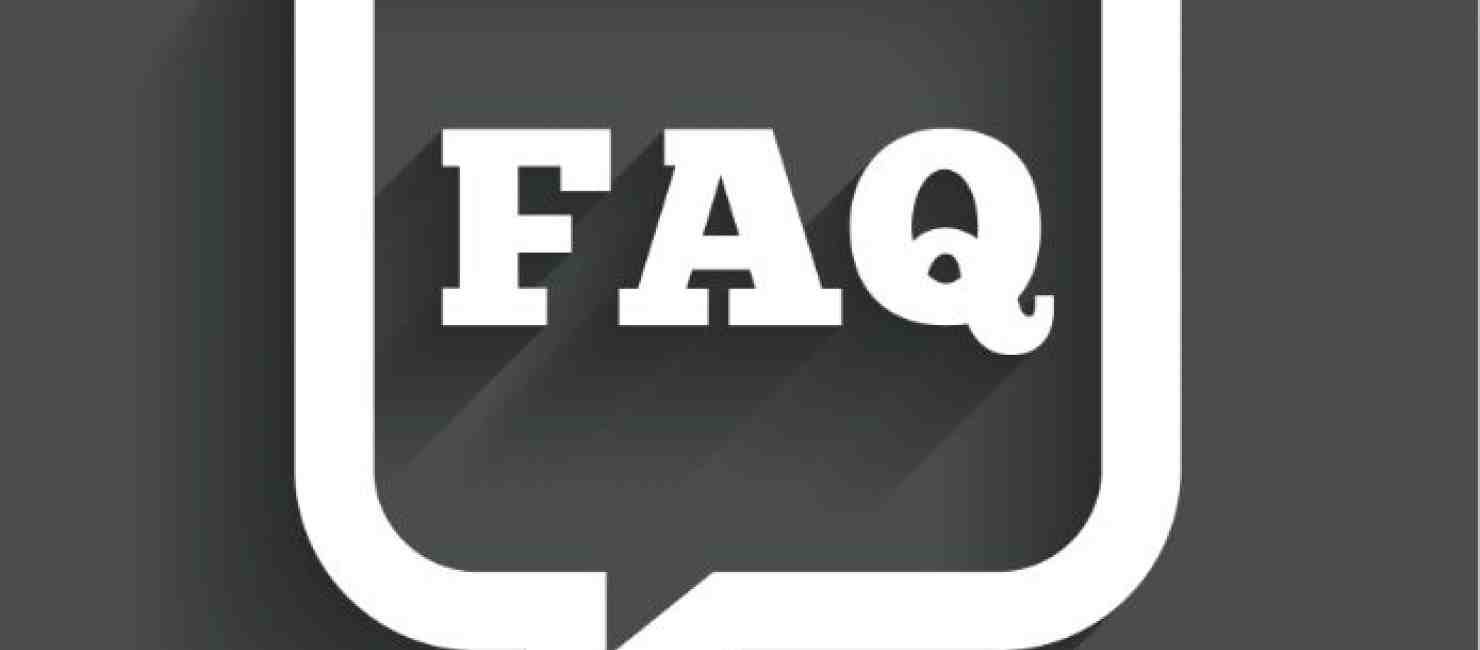What is child sexual abuse (CSA)?
To prevent child sexual abuse (CSA), it's important to first understand what it is. When parents, caregivers, therapists, doctors, child protection workers, and other adults who care for children know the facts about CSA, it's easier for them to take the right steps to protect kids.
Defining Child Sexual Abuse (CSA)
There are many different ways to understand and define child sexual abuse (CSA), and there isn't just one definition that everyone agrees on [1]. For instance, the way therapists define CSA might be different from how the law defines it. However, knowing the type of abuse and who is involved helps with figuring out how often it happens, how to prevent it, how to respond legally, and how to treat it.
Any kind of sexual behavior by an adult towards a child is considered sexual abuse. This doesn't always involve things like touching, force, or pain. Child sexual abuse can also include showing oneself to a child, masturbating in front of a child, sex trafficking, or having explicit conversations, calls, or texts with a child [2]. Adults who abuse children might try to make the child keep the abuse secret [2]. It's important to understand that any sexual behavior by an adult with a child, whether it’s looking, showing, or touching, is sexual abuse. This also includes making, sharing, or watching child sexual abuse material (CSAM), which used to be called child pornography.
Sexual touching between children can also be considered sexual abuse if there's a big age gap (often 3 years or more) between them, or if they are at very different stages of physical or emotional development. To learn more about this, check out our FAQ Can child sexual abuse involve a child abusing another child?
How to Respond to Child Sexual Abuse (CSA)
Usually, child sexual abuse happens gradually, and is not one single event. By learning the early warning signs and how to speak up, we can stop abuse before it happens. Adults need to take charge of preventing child sexual abuse by addressing any concerning behavior that might put a child at risk. There are physical and behavioral warning signs that adults should look out for to help prevent abuse.
Learn More
- Warning Signs
- Why would an adult sexually abuse a child?
- Can child sexual abuse involve a child abusing another child?
- Is there a typical profile of someone who sexually abuses children?
Return to FAQs
______________________________________________________________________________
References
[1] Mathews, B., & Collin-Vézina, D. (2019). Child sexual abuse: Toward a conceptual model and definition. Trauma, Violence, & Abuse, 20(2), 131–148. https://doi.org/10.1177/1524838017738726
[2] RAINN. (2024). Child sexual abuse. Retrieved from https://www.rainn.org/articles/child-sexual-abuse

